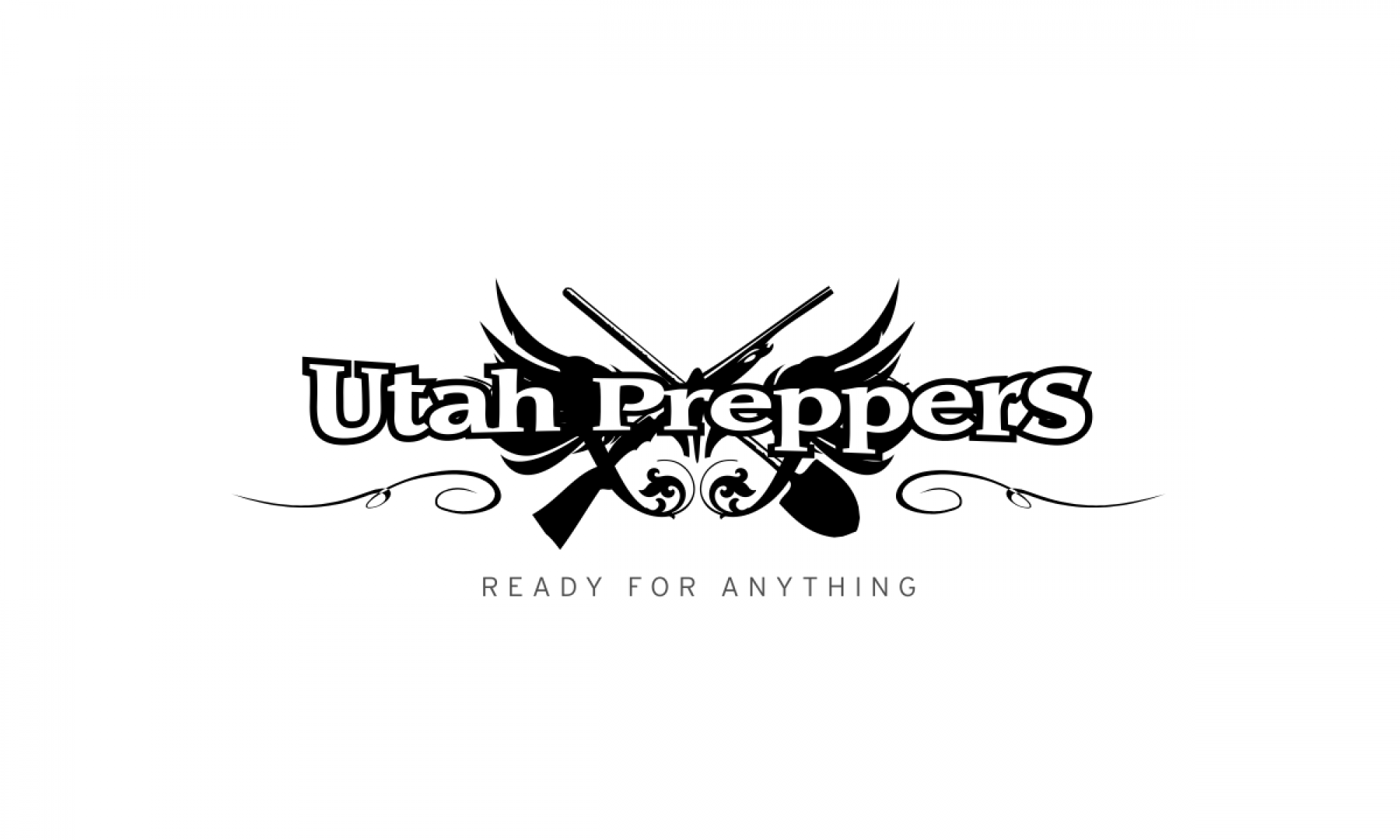Having a sharp knife is critical. I’m sort of a knife junkie, and am always looking for new and better ways to keep my tools sharp. I was at a gun show earlier this year and picked up the “Work Sharp Knife and Tool Sharpener“.

What Is It (and what’s in the box):
This Work Sharp basically amounts to a hand held belt sander. For the Alton Brown fans among us, this device is definitely a Multi-Tasker. The package comes with several angle guides and some different grits of sanding belts. The coarsest grit is for sharpening tools like shovels, axes or lawn mower blades. The medium grit is for fixing up damaged or really dull blades. The fine grit is for putting on a razor sharp polish.
Also included in the package are some angle guides. There is a 40 degree guide mainly used for kitchen knives. There is an outdoor guide that puts on a 50 degree edge. The outdoor guide also includes a slot for sharpening serrated edges and for scissors/shears.
The kit also comes with an instruction guide and DVD. I haven’t watched the DVD yet. (So far the operation has been fairly straight forward)
How To Use It:
In the 10 months or so that I’ve had the Work Sharp I’ve sharpened probably 30-40 knives as well as a shovel, axe and lawn mower blade. The basic operation for any of these surfaces is this:
- Pick the desired grit of sanding belt. The belt is put on the Work Sharp by locking one of the guide pulleys out of the way and sliding on/off the belt, then resetting the pulley.
- Pick the desired sharpening angle. Picking the correct angle is probably an entire article itself. The basics are this: The narrower the angle, the sharper you can get, but you loose strength (think razor blade. It’s super sharp, but can’t take much abuse). The wider the angle the less potential sharpness, but the blade will be more durable (think axe). The 40 degree guide will be good for kitchen knives. You want them to be sharper, but you are often pretty careful what you are cutting with them. The 50 degree angle is better for pocket knives where you will face a variety of cutting tasks, and you want the blade to last as long as possible. If what you are trying to sharpen has a common angle, then you can just use on of the preset guides. Or if you have a steady hand you can skip the guide. If using one of the preset guides then slide it over the belt.
- Using smooth even pulls, drag the blade through the guide. You don’t want to go to slowly because you can burn the blade or cause uneven spots.
- The number of passes over the belt will just depend on the condition of your blade. The manual gives some good guidelines for how many times you’ll need to run the blade through the sharpener.
- Wipe the silly grin off your face when you realize how sharp your tool is and how fast it was.

Observations:
After sharpening quite a few blades I’ve noticed a few things. First of all the edge that is created with the Work Sharp is very durable. I used to have to sharpen my kitchen knives on a fairly regular basis. Now I just use my honing steel, and the edges will keep for months and months. Also the edges that are produced with the Work Sharp are extremely sharp.
When I made my initial purchase I got an extra set of sanding belts. I’m still on my original set of belts, and they aren’t really even showing any signs of needing to be replaced. I imagine, depending on your usage, you could go for several years just on the set of belts that are included in the box. Throw in some backups and you’ll be set for quite a while.

